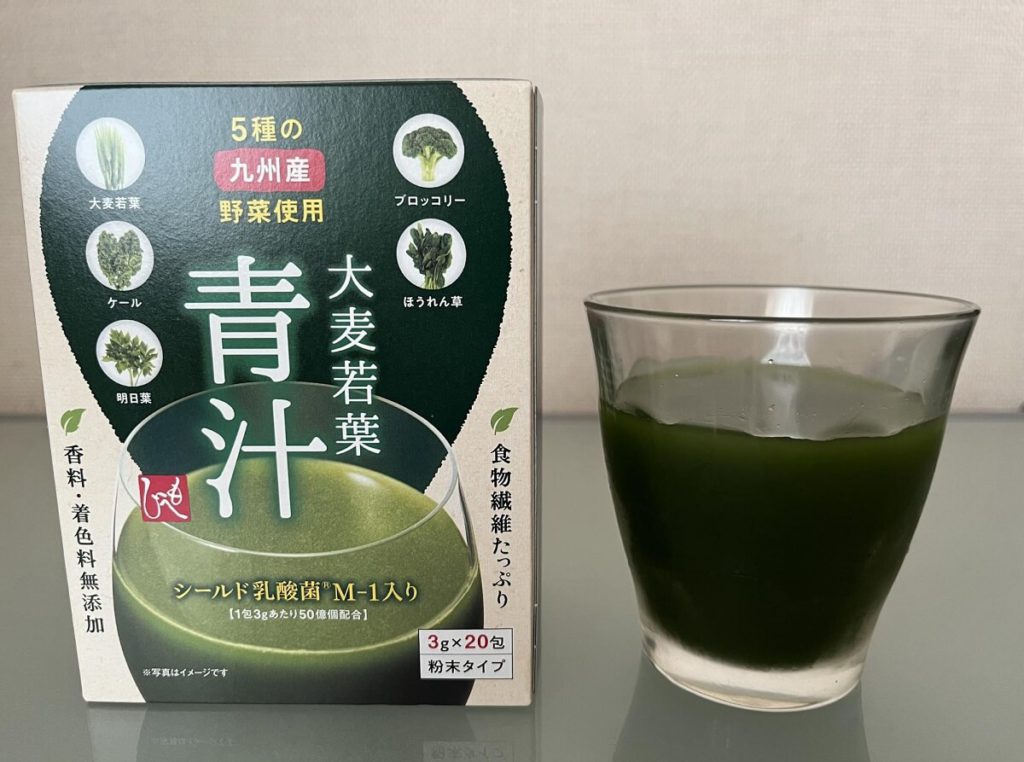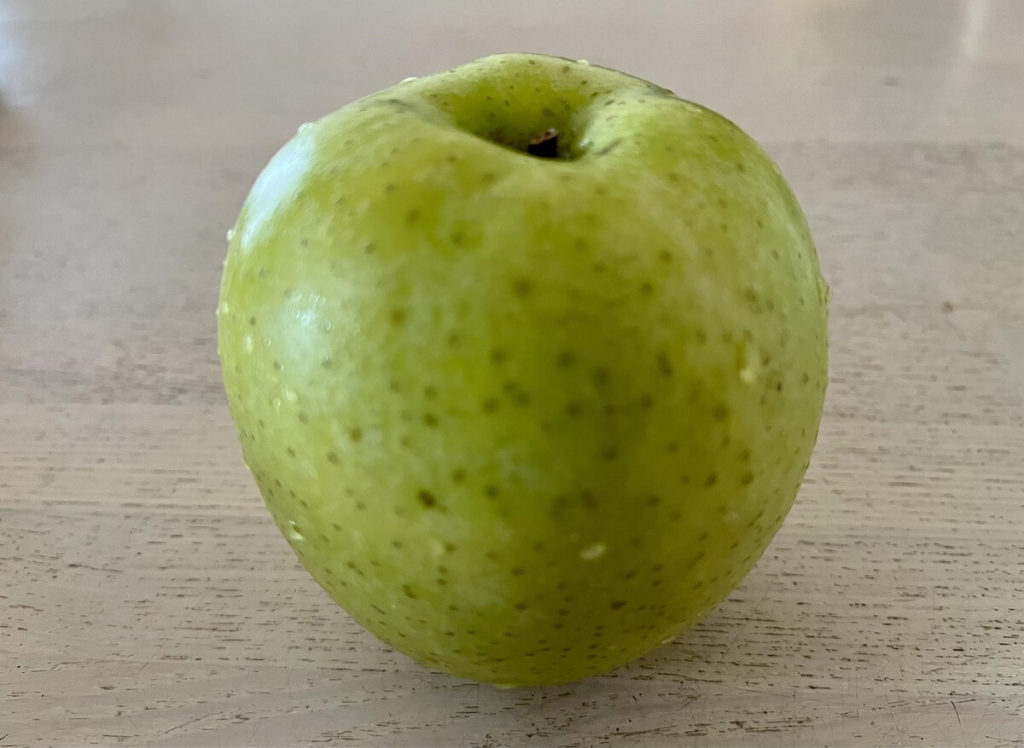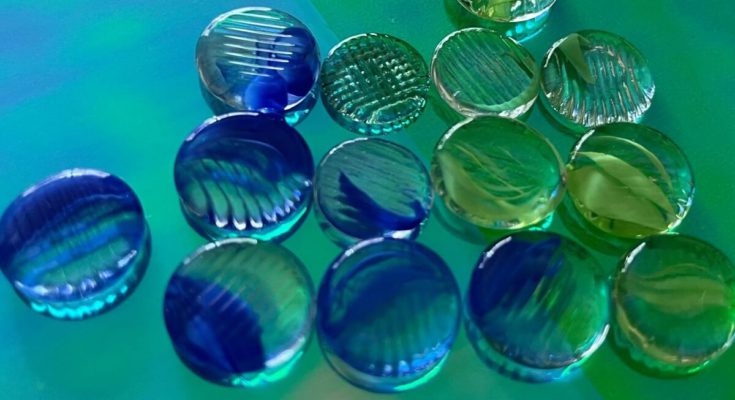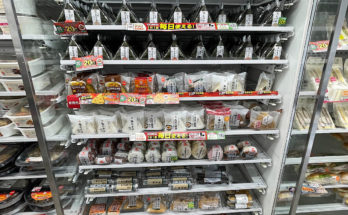I like blue. The color blue is associated with the vast ocean and the clear sky on sunny days. However, there are some interesting Japanese words that call something blue that’s not actually blue! What on earth is going on?
☆How do we say “blue” in Japanese?
Before digging into this issue, let me introduce two Japanese words.
- Blue=Ao (青 or あお)
- Green=Midori (緑 or みどり)
☆Blue? Green?
Here’s the problem. There are some green things that are called blue in Japan. Let me share these weird things!
1. Green light

When we were kids, we learned to stop when the traffic light is red and go forward when it turns green, right? We know it’s green, but the light is called a “blue light!” We often see slogans for traffic safety like “Ao shingo. Yokumite wataro!” It means, “Blue light. Look carefully and cross the street!”
2. Green vegetables

Look at these fresh green leaves! These beautiful and healthy-looking vegetables are called blue vegetables. In Japanese, ao-na. Na means green leaves or vegetables.
3. Green juice

Several years ago, green juice was a thing for health freaks, and we can still enjoy this distinct taste here and there. We call it ao-jiru. Jiru is a different way to pronounce of shiru, which means juice or soup. Imagine a healthy-looking person holding a glass of green juice and saying, “I drink blue juice every morning!”
4. Green apple

In Japan, red apples are more common, but green apples are also available at vegetable shops, farmers’ markets or supermarkets. What color is this? Green? Yellow green? At the very least we know it’s not blue, right? We call it blue apple or ao ringo in Japanese. As you see, ringo means apple.
5. Green shiso leaf, Japanese herb

I’m a big fan of ao jiso. Ooops! You know what I mean.This small green herb is called ao jiso, although it’s green, not blue! This tubed ao jiso is my go-to condiment.
6. Dried green seaweed

Now, your eyes must be drawn to this month-watering takoyaki! Takoyaki is a snack made of fried dough with octopus filling. Wait! The star of today is not takoyaki but ao nori. I mean dried green seaweed over takoyaki! It is green but called ao in Japanese.
7. Caterpillar

I guess you’ve read this world-famous picture book “The Very Hungry Caterpillar” written by Eric Carle. Take a look at this Japanese edition. The Japanese title is “Harapeko Aomushi.” Yes! Caterpillars are called aomushi in Japanese, no matter how green they are!!
*「はらぺこあおむし」エリック・カール作、もりひさし訳、偕成社
Extra edition: “To turn white as a sheet”
This is not a story about green things, but let’s say you messed up at work. How will your face become? Does it turn pale or white as a sheet? In Japanese, we say, “Ao zameru.” Don’t be scared! Our faces never actually turn blue or green like monsters. It is what it is!
What made green things blue?
Red, white, black and blue. There were only four colors to describe things in the Heian era (794-1185) in Japan. Was it a headache for people in that era to express everything using only these colors? Unfortunately, I don’t have a way to ask them, but each color must have covered a variety of things. That’s because all fresh or young things were called blue at that time.
In terms of the green light, it is said that the origin was a newspaper that first described the light as blue. There are many theories, but one of them is that the name blue was used to indicate something is the opposite of red.
We’re blessed with beautiful colors!!
My favorite color is blue, and my rooms are filled with a lot of blue items. Even so, if I look around nature, I can feel relaxed seeing tons of green things like trees or grass as well as blue ones. Blue and green might be two of a kind, and both of them definitely make my mind peaceful!! What is your favorite color?
Working for an English language school. My source of energy is our students’ smiles full of curiosity. I love visiting my friends in and outside of Japan.





 HTJ has a YouTube page! Check it out
HTJ has a YouTube page! Check it out
Hi, Rei san!
First of all, I enjoyed your interview with Jun san!
Jun san is so popular, but he always treasures his students and fans and he is a “mameo”!
Your answer to his question made me understand that you speak English so fluently because you never stop practicing and learning English.
Well, when I was a child, I wondered why my grandma called green “blue”, especially about green vegetables.
Your explanation about the four colors in the Heian era was very persuasive!
Thank you for sharing!
Thanks for your heart-warming message. I was also very moved by Jun’s response to my question at the interview. He really keeps motivating us all the time, right? And you also always give me energy to learn English and write articles more! Thanks, Akiko-san!!